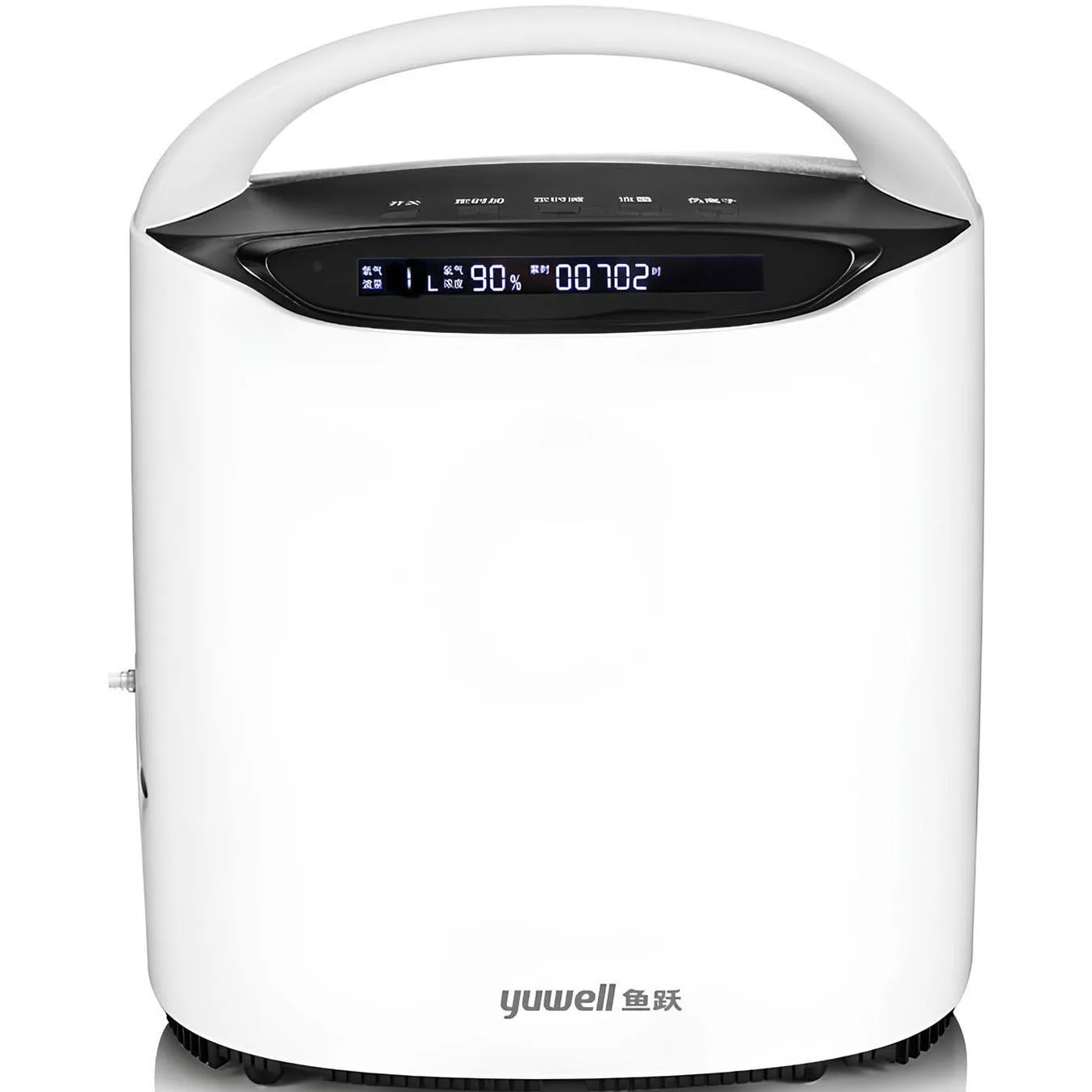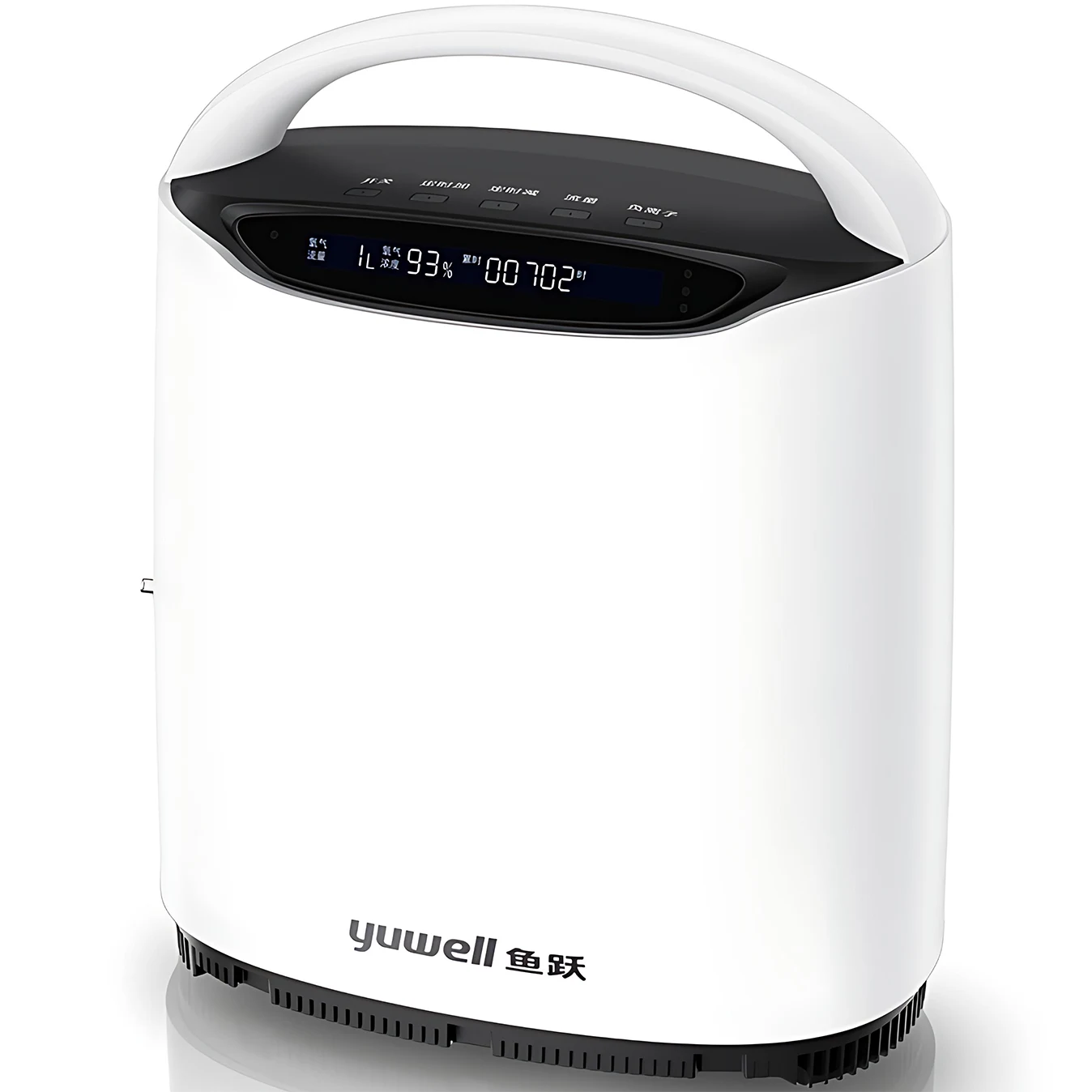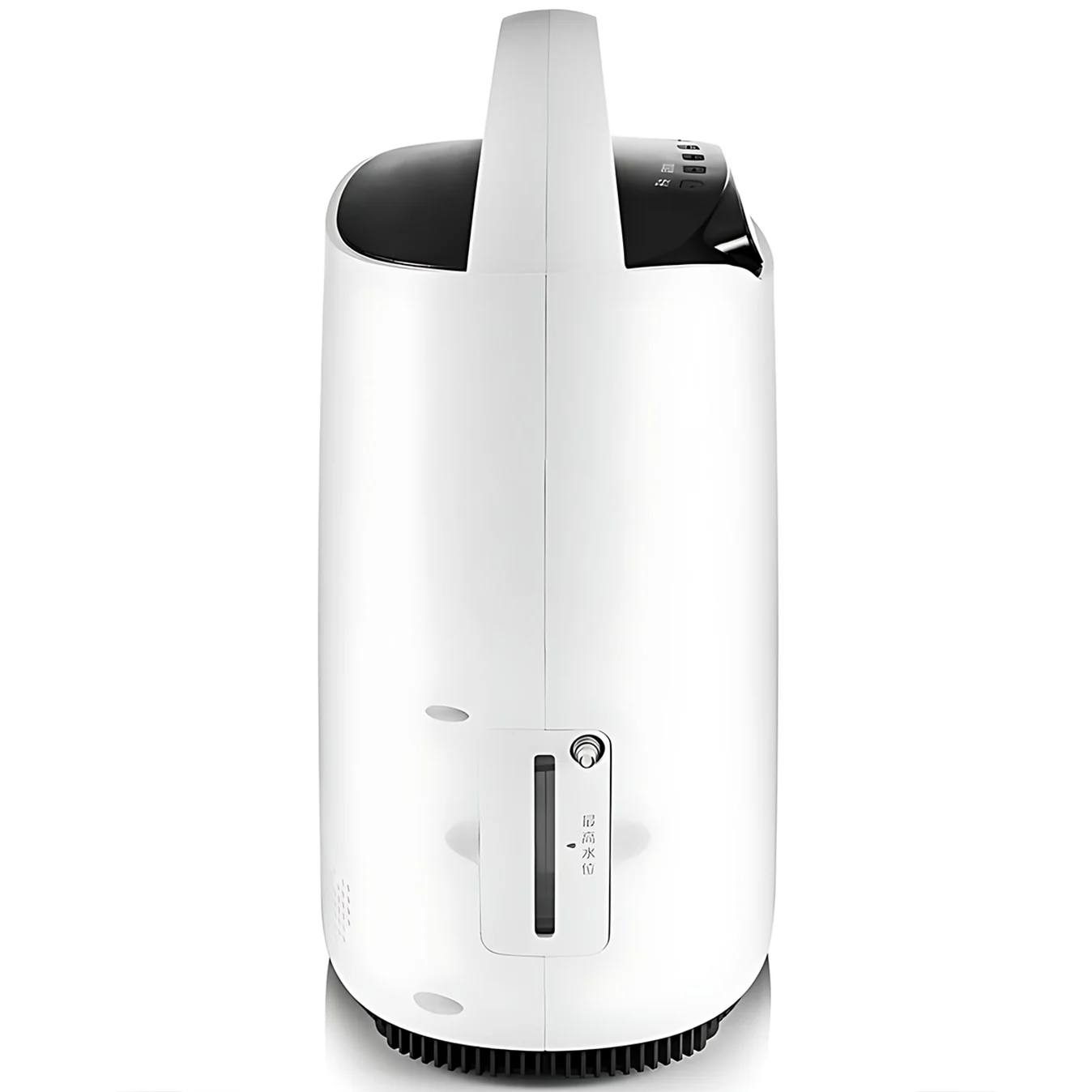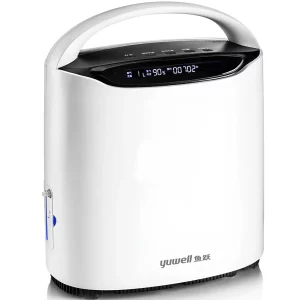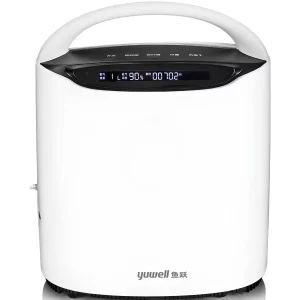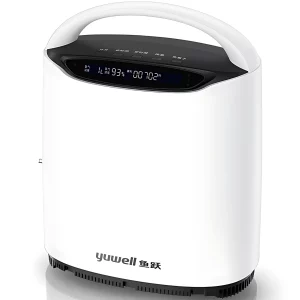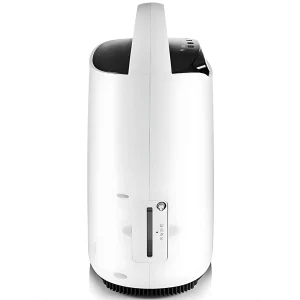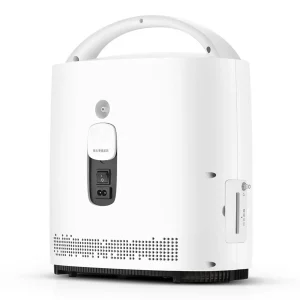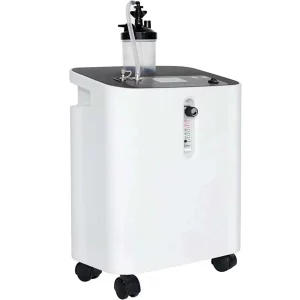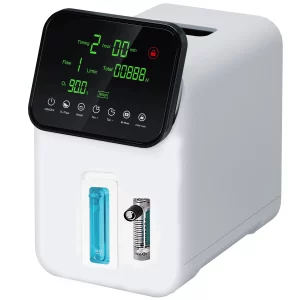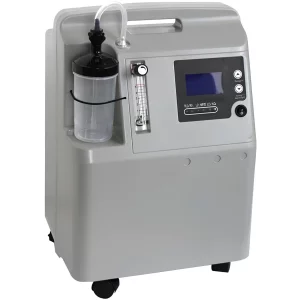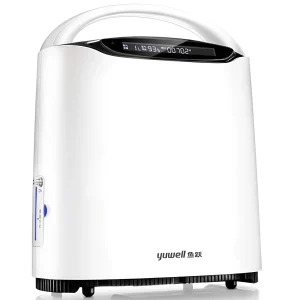5L Freestyle Comfort Oxygen Concentrator for Home
$855.29 NZD
Portable oxygen atomizer: suitable for the elderly, pregnant women, students, and young people with high work pressure. One machine benefits the whole family. This oxygen generator breaks through the limitations of traditional single functions. It has four functions in one machine: atomization, oxygen therapy, humidification, and negative oxygen ion purification. The 5 oxygen flow levels (1-5L/min) cover the needs of different groups of people. The maximum oxygen concentration can reach 96%. Professional testing has been carried out to stably maintain the medical-grade oxygen supply standard, which is 15%-20% higher than the concentration of ordinary equipment on the market. The body weighs only 6.5kg, with a portable and lightweight design. It can be easily carried in one hand and adapted to travel scenarios. The operating noise is as low as 43dB (equivalent to the ambient sound of a library). It uses noise-reducing turbine fan technology, and it does not interfere with rest when used at night. Whether it is home care, travel portable or in-vehicle use, it achieves an upgraded oxygen therapy experience with “high concentration, multi-function, light weight, and low noise”.
All Prices Include Taxes and Fees
| Oxygen Flow | 1-5L/min |
| Oxygen Flow Rate | Continuous Flow |
| Oxygen Purity | 93%±3% High Oxygen Concentration(When the oxygen flow rate is 1L/min) |
| Noise Level | ≤43 dB |
| Power | 135VA |
| Main Raw Materials | Imported Molecular Sieve |
| Certified | CE ISO |
| Airplane | Support Yes (Please consult your own airway) |
| Warranty | One Year |
| Weight | 6.5kg |
| Size | 317x190x372mm / 12.5 x 7.5 x 14.6inch |
Working Principle
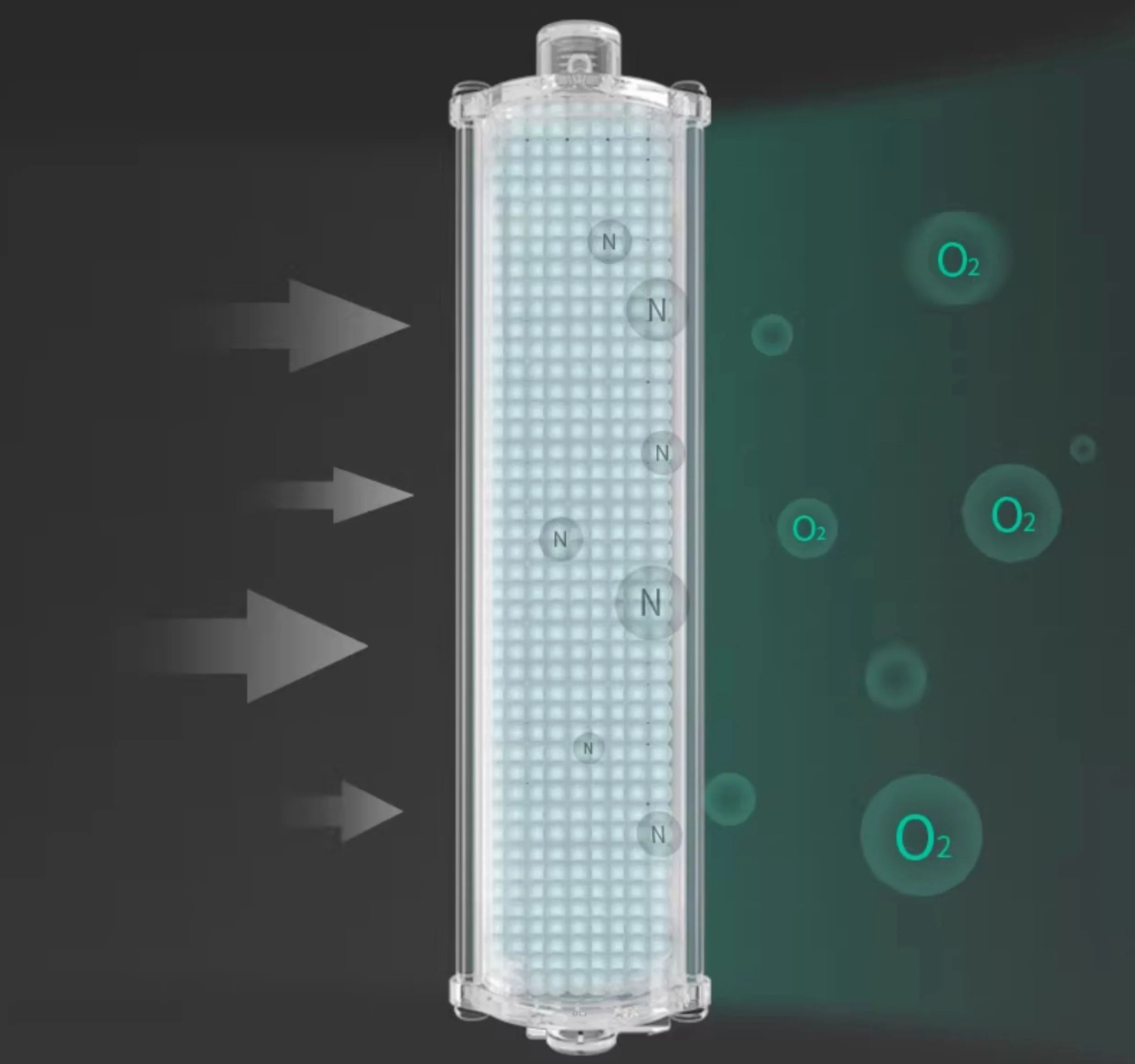
Using upgraded, imported molecular sieves and seamless alumina gold molecular sieves maintains a high supply of oxygen. Air is used as the raw material and the physical pressure swing adsorption method is used to separate the oxygen and nitrogen in the air. Impurities are filtered out and high-purity oxygen is obtained.
Product Feature

Handheld Design
The instrument is equipped with a handle on the top and weighs only 6.5 kg, which is light and portable, allowing you to move it at any time. It is easy to operate and comfortable to breathe oxygen.
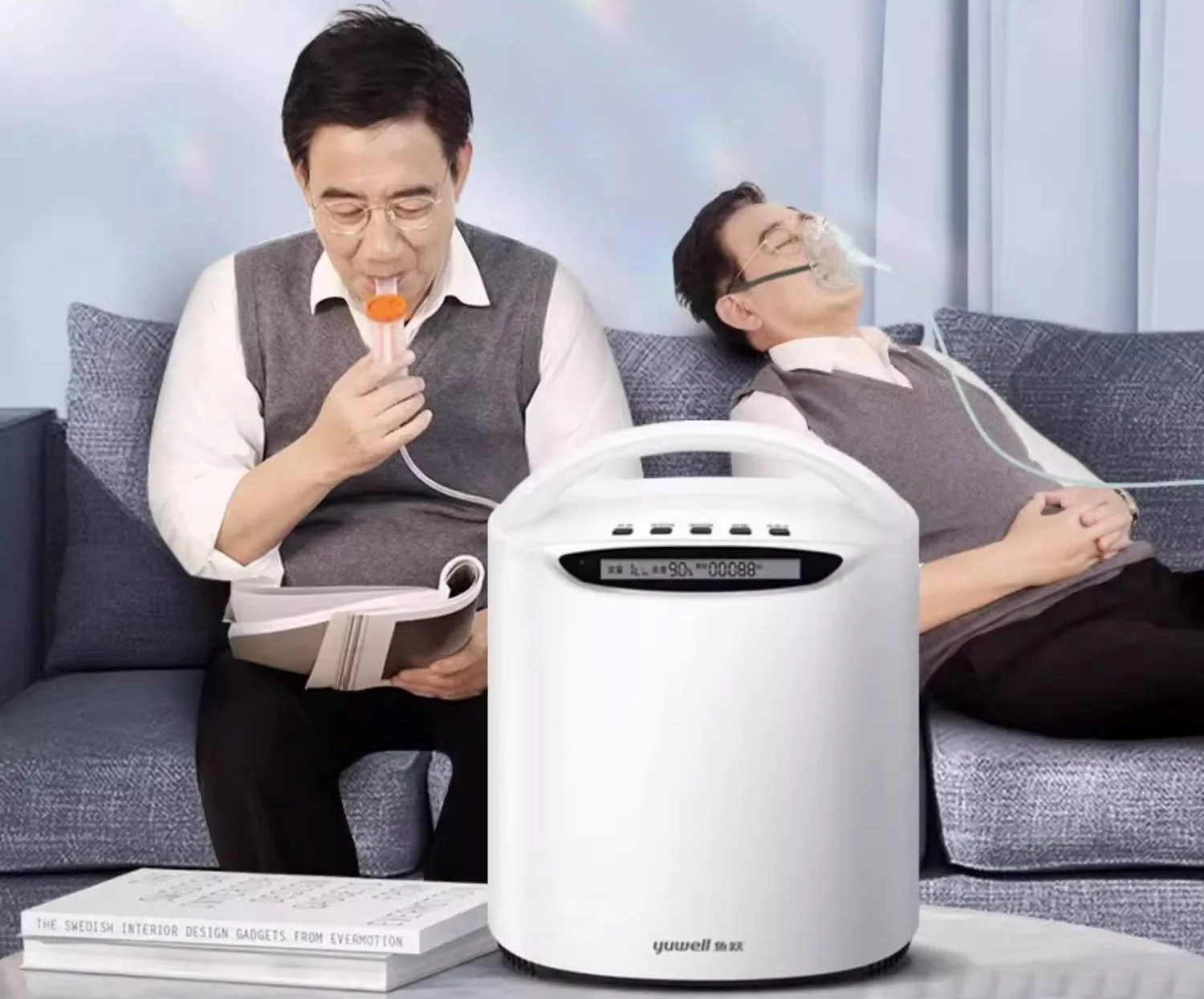
Oxygen Generation and Atomization in One Machine
One machine has two uses, it can be used for both oxygen inhalation and atomization. It is not limited to oxygen inhalation for one person, but can also meet the needs of two people for simultaneous treatment. It can improve the blood oxygen connection to the oxygen inhalation port, and the atomization drug delivery is connected to the atomization port. It can be used for both oxygen inhalation and atomization, and the oxygen concentration is not affected.
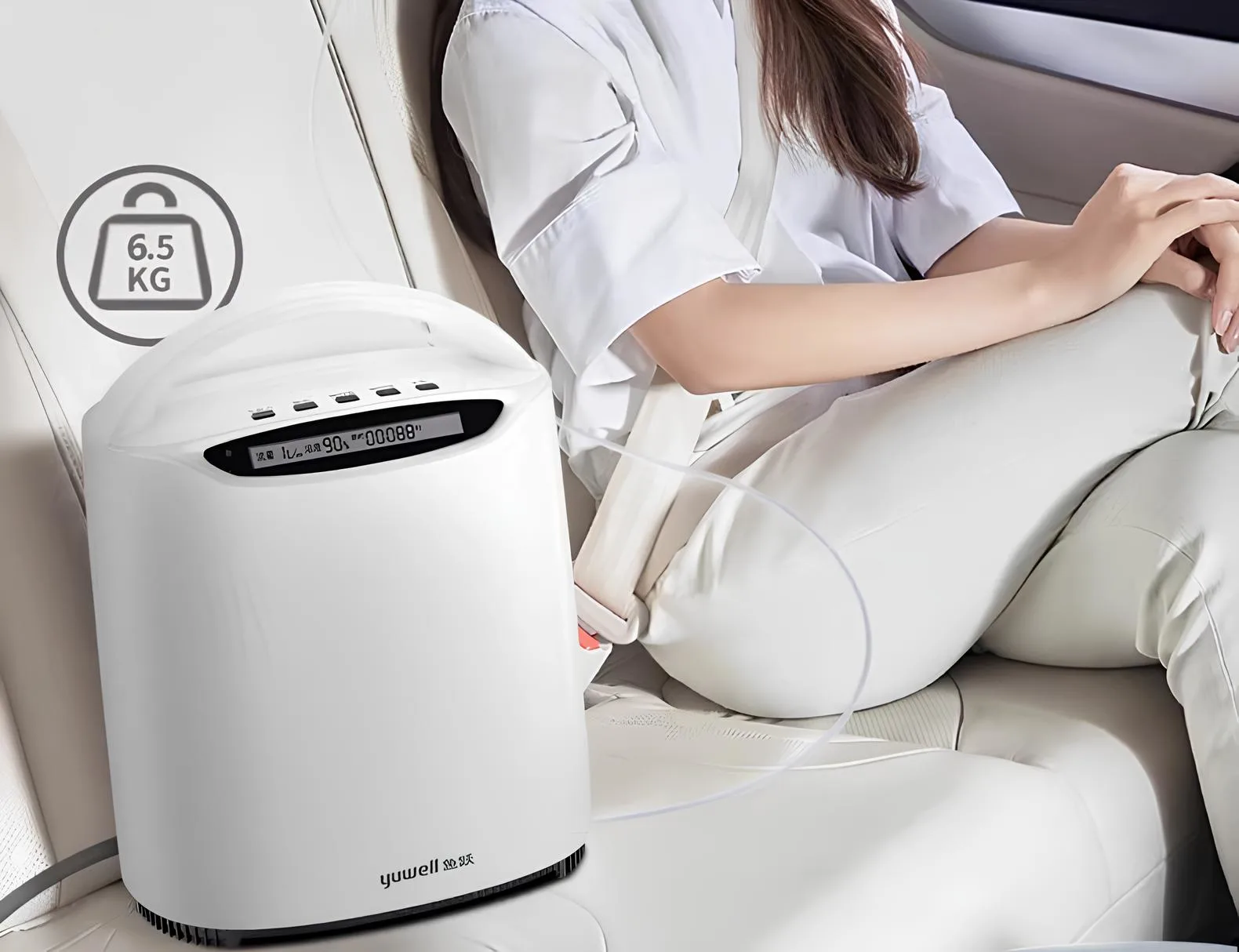
Applicable in Multiple Scenarios
Small, light, and portable, it can be used at home or in the car. The body is small and exquisite, with a net weight of only 6.5KG. It can be moved flexibly at home. With a plug, it can be used while driving or sitting for a long time.
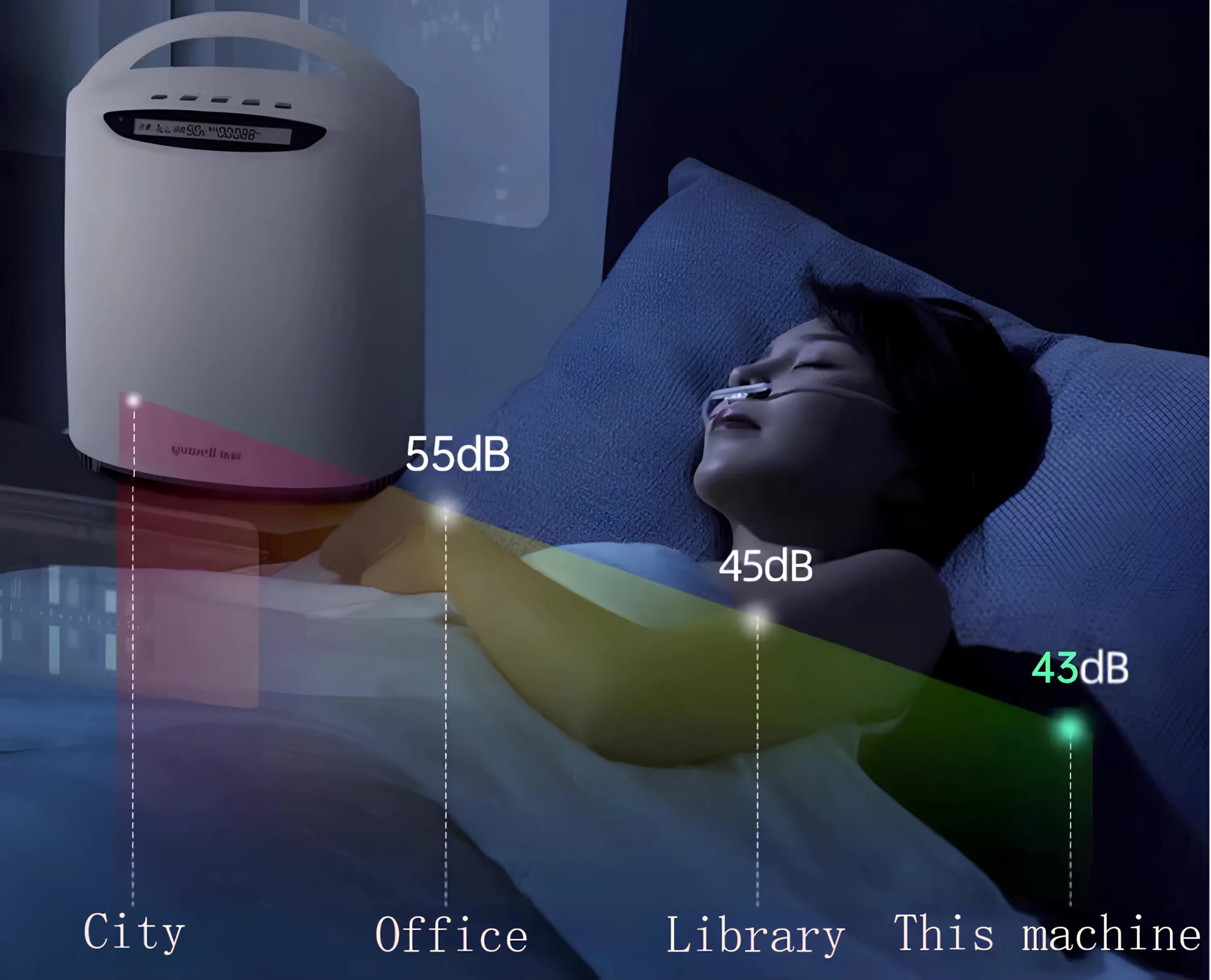
Noise Reduction Design
Using high-end automobile noise reduction technology, the noise reduction is more thorough, the sound is only 43db, which is lower than the decibel level in a library. Whether in a fast-moving car or in a quiet room in the afternoon, it will only work silently.
Product Details
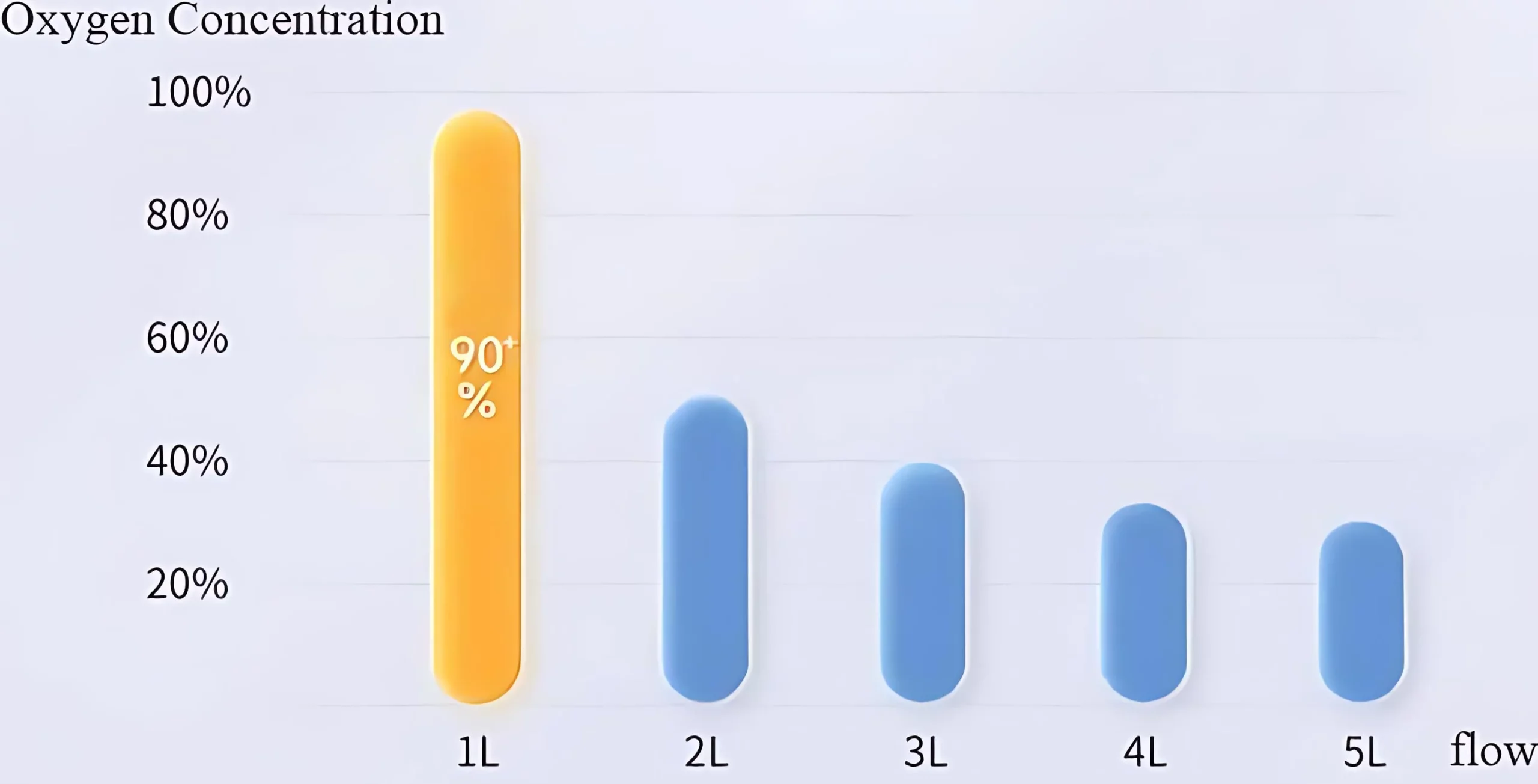
Oxygen Flow Rate 1-5L/min Adjustable
The oxygen flow rate can be adjusted from 1L/min to 5L/min. When the oxygen flow rate is 1L/min, the concentration is high and stable, and the maximum concentration can reach 93%±3%, which meets medical standards.
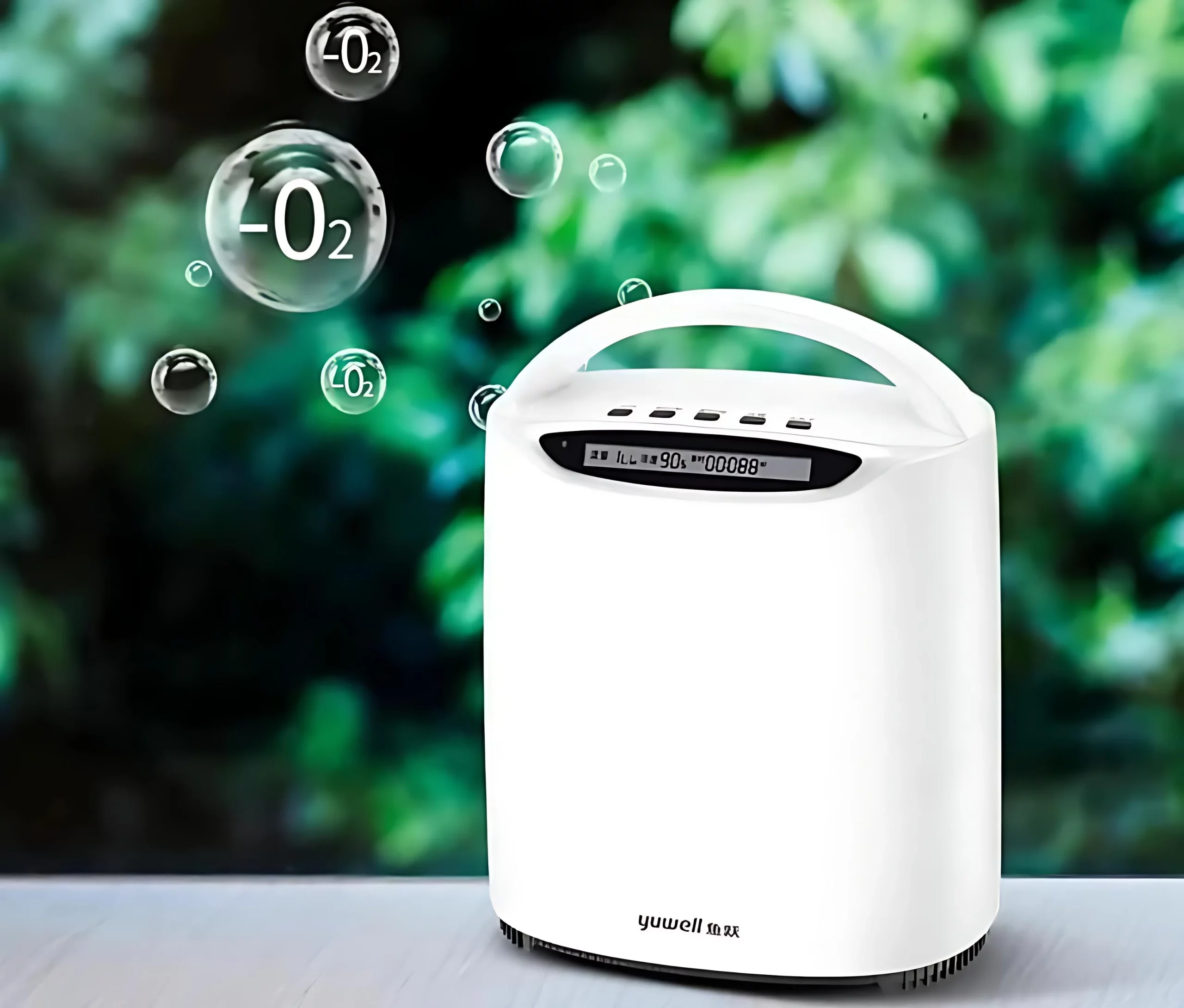
Negative Oxygen Ion Generator
Negative oxygen ions are commonly known as “vitamins” in the air. The machine has a built-in negative oxygen ion generator, which can not only purify the air and remove impurities in the air, but also increase the content of negative oxygen ions in oxygen, improve alveolar ventilation function, and enhance oxygen absorption rate.
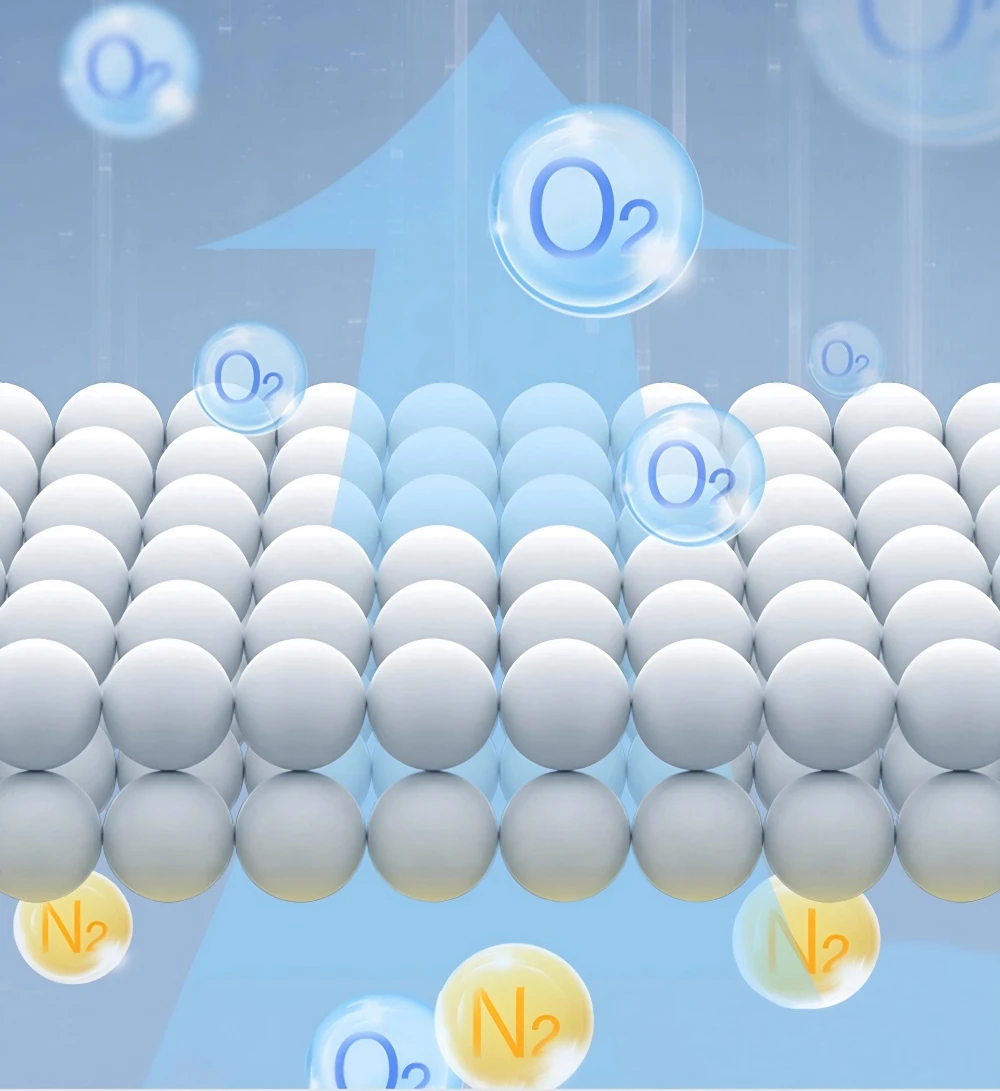
Imported Molecular Sieve
The machine uses original imported molecular sieve to efficiently produce pure oxygen. The oxygen flow rate can be adjusted from 1 to 5 liters per minute, and the oxygen concentration can reach up to 93%±3% to meet the family’s health care oxygen inhalation needs!
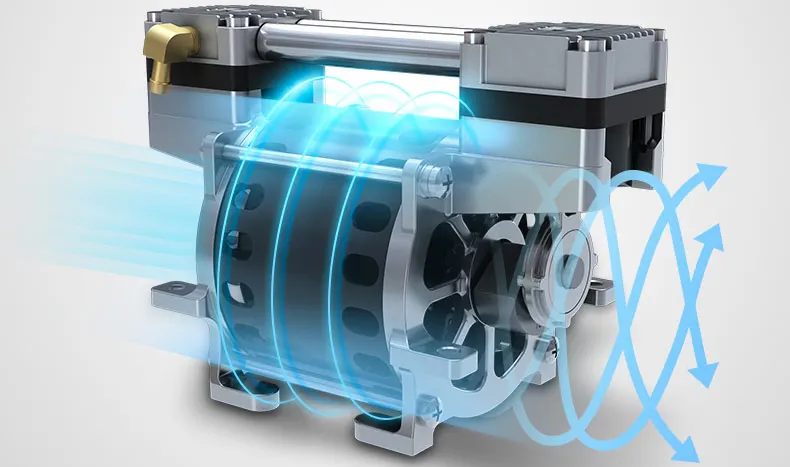
High-performance Compressor
The core components of the compressor are all imported, which improves reliability, fatigue resistance and wear resistance, provides a continuous source of power for the oxygen concentrator, and allows continuous oxygen inhalation for 72 hours.
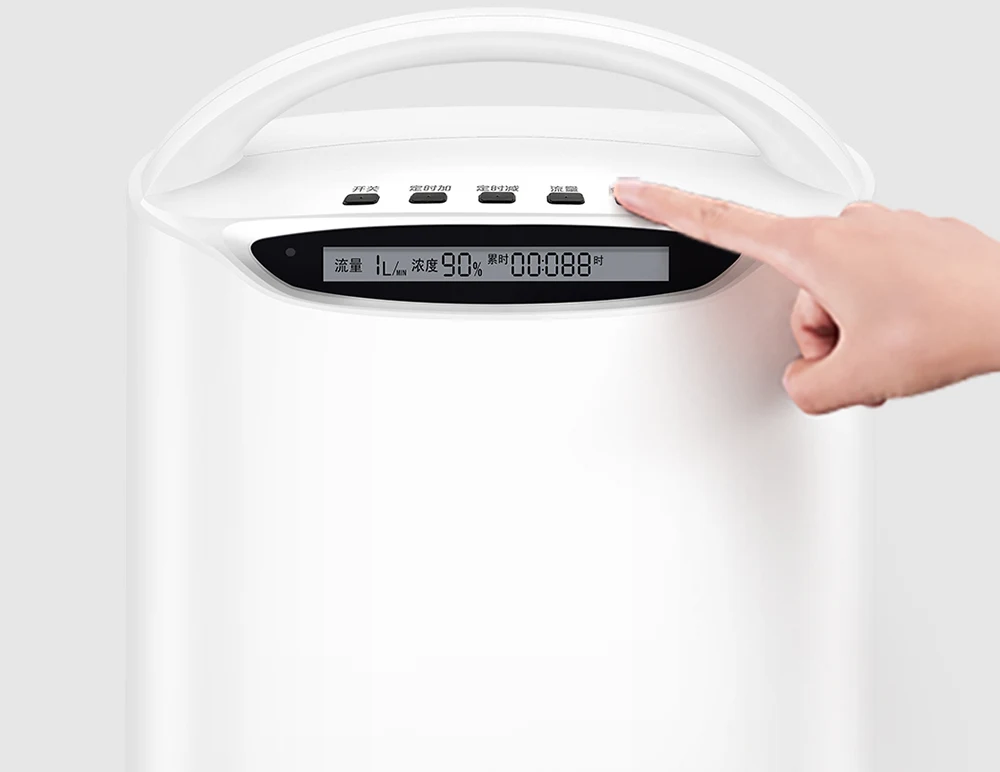
One-button Operation
No complicated operation is required, just one-button start-up to meet different usage scenarios and make it more convenient to use.

Removable Humidifier Tank
Remember to change the humidifier tank water daily, do not exceed the maximum water level, and clean the tank weekly. These steps ensure that the oxygen remains moist and clean during long-term absorption and does not dry out.
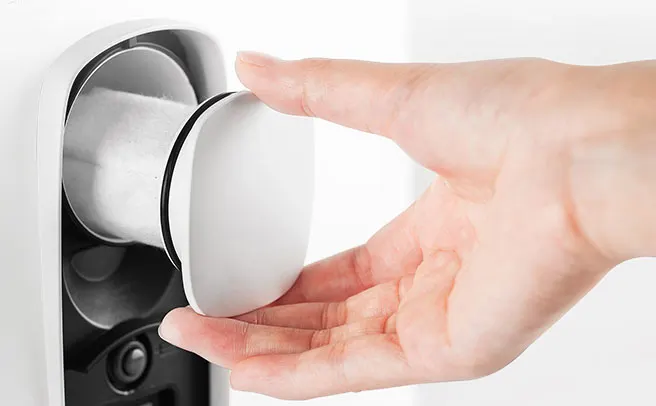
Removable Filter Felt
Regular cleaning of the filter can effectively prevent the decrease in oxygen production effect caused by blockage of the air inlet.
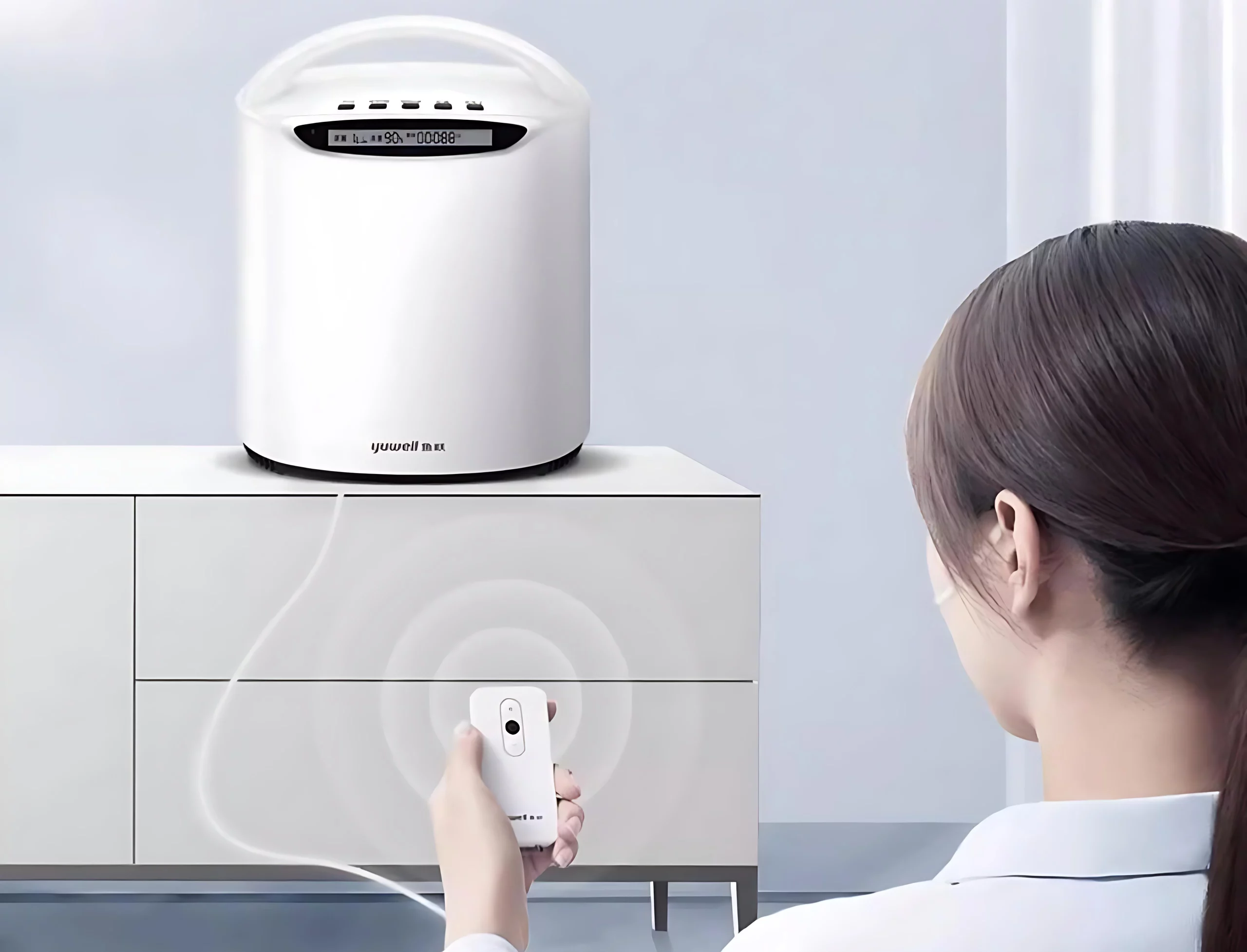
Wireless Remote Control
Its simple appearance and operation make it easy to control without having to stand up, making oxygen inhalation easy and comfortable.
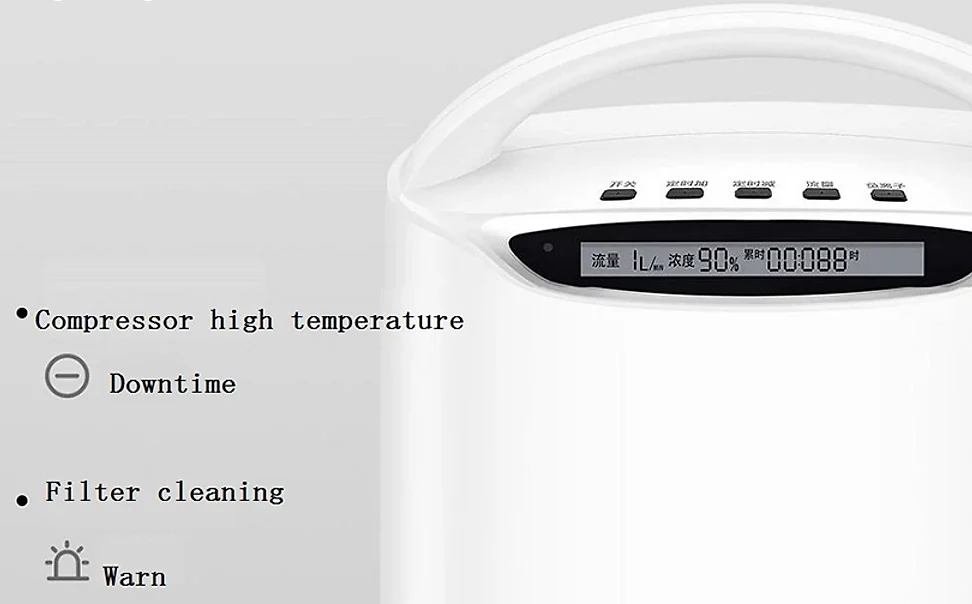
Safety Reminder System
In order to avoid safety accidents caused by machine failure, the instrument has added safety protection and cleaning reminder functions. When the machine fails during operation, it will automatically shut down, and the intelligent protection can be used with confidence.
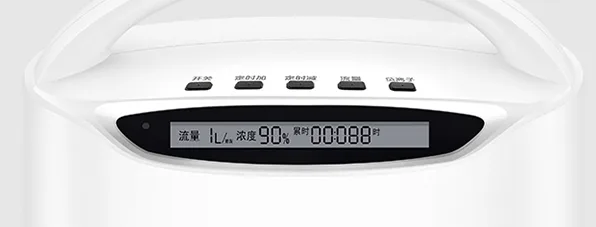
High-definition Screen Display
Clear digital display, even the elderly with poor eyesight can easily read.
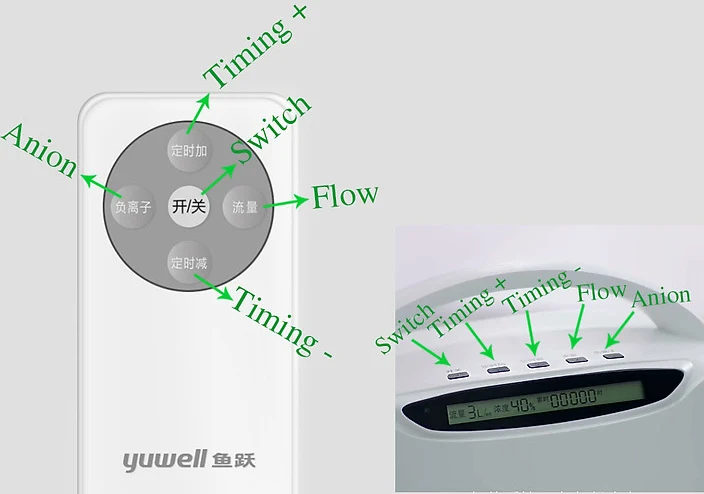
Timing Function
The oxygen production of this instrument can be timed by pressing the timing plus or minus button, which is convenient and simple
Application

Parents/elderly
Parents with declining physical function

Pregnant women
Pregnant women taking oxygen for fetal maintenance

Children/students
Difficulty concentrating

Youth/middle-aged
High stress in work and family life
Packing List
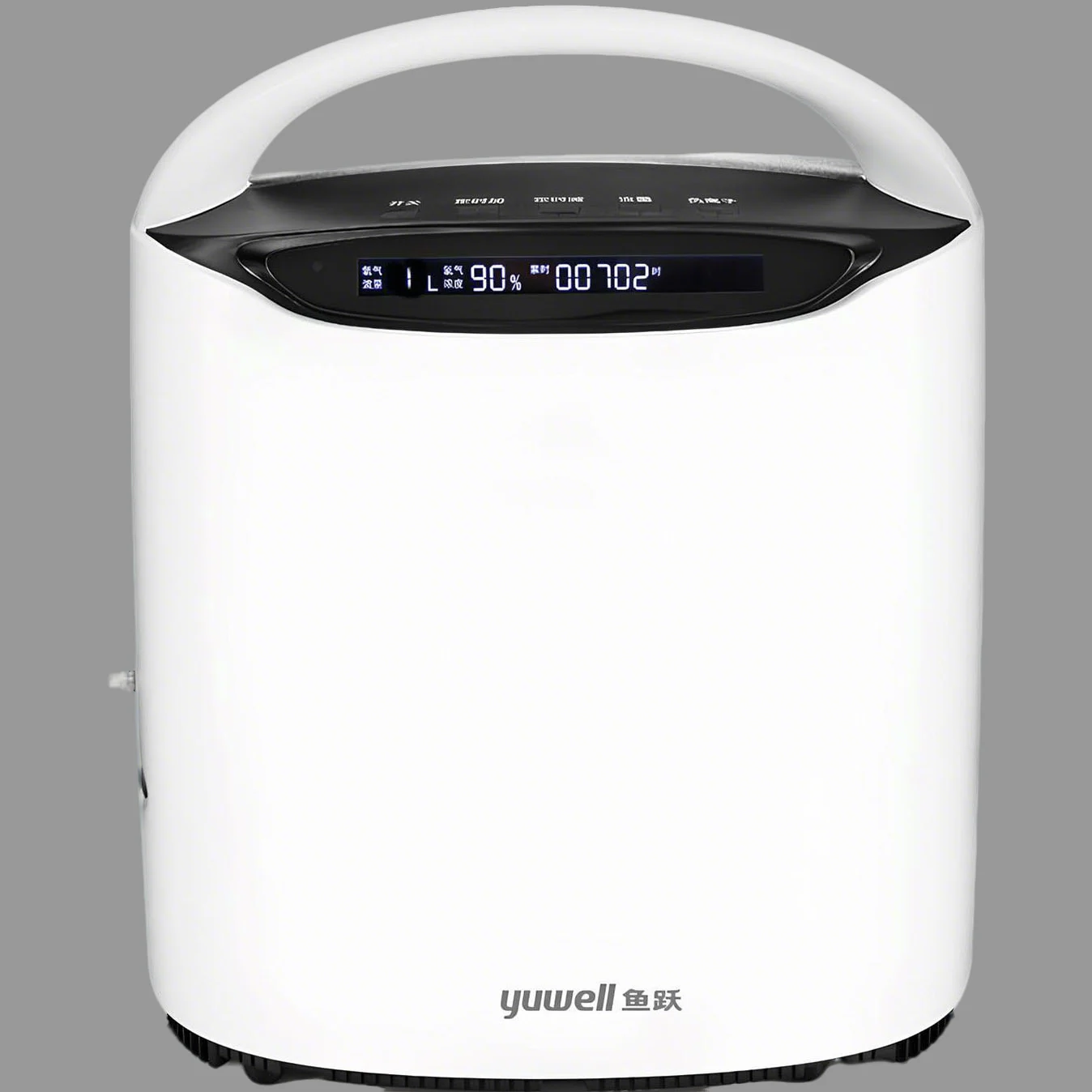
machine

Oxygen tube
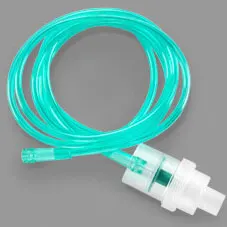
Atomizer tube

Remote Control
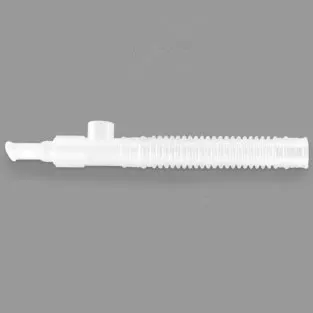
Duckbill

Filter cotton
Certification

CE
CE certification indicates that a product meets EU requirements for safety, health, environmental protection, and consumer protection.
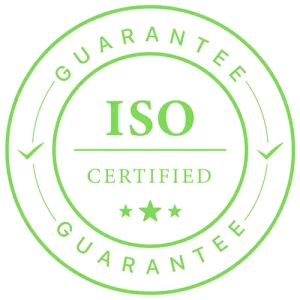
ISO
Internationally recognized quality management system standard for medical device manufacturers
FAQ
This product is not suitable for use in plateaus. The oxygen concentration will not be reduced from sea level to 1828 meters. The efficiency is less than 90% from 1828 meters to 4000 meters.
When the organs of the body (such as the brain, heart, lungs, etc.) are deprived of oxygen, their functions will decline, and symptoms such as dizziness, fatigue, inattention, and palpitations will occur. Long-term hypoxia may also cause chronic diseases (such as cardiovascular and cerebrovascular diseases, lung diseases, etc.)
Oxygen concentrators are auxiliary oxygen supply tools and cannot replace drug treatment.
- Aging of the respiratory system
The number of alveoli in the elderly decreases, their elasticity decreases, their pulmonary ventilation and gas exchange functions weaken, and the efficiency of oxygen inhaled air entering the blood decreases.
The respiratory mucosa atrophies, the cilia movement weakens, the sputum discharge ability decreases, and sputum accumulation is prone to occur, further affecting oxygen intake. - Decrease in circulatory system function
The weakened heart contractility and reduced vascular elasticity lead to a decrease in the blood’s ability to transport oxygen. Even if enough oxygen is inhaled, the tissues may not be adequately supplied with oxygen due to blood circulation problems. - Slower cell metabolism
The body’s cells use less oxygen. Even if the blood oxygen partial pressure is normal, “hidden hypoxia” may still occur at the tissue level, manifested as fatigue and decreased activity endurance.
- Increased load on the respiratory system
In the middle and late stages of pregnancy, the enlarged uterus pushes the diaphragm upward, resulting in a decrease in chest volume and a decrease in lung ventilation of about 15% to 20%. Pregnant women are prone to “physiological shortness of breath”.
Pregnancy hormones (such as progesterone) stimulate the respiratory center and increase the respiratory rate (about 18 to 20 times per minute), but the single respiratory volume may decrease, resulting in fluctuations in oxygen intake efficiency. - Surge in blood volume in the circulatory system
The blood volume during pregnancy increases by about 40% to 50% compared to before pregnancy, and the heart load increases. If there is heart failure, tissue hypoxia may occur due to decreased blood circulation efficiency. - The oxygen demand of the fetus continues to grow
The development of the fetus depends on the mother’s oxygen supply through the placenta. In the late pregnancy, the daily oxygen demand of the fetus can reach 250 to 300 ml. If the mother’s oxygen supply is insufficient, it is easy to cause fetal intrauterine hypoxia.
- Children’s brains account for about 2% to 3% of their body weight, but consume 20% to 25% of the body’s oxygen, making them one of the most sensitive organs to hypoxia.
- Hypoxia affects the transmission of neurotransmitters (such as dopamine and norepinephrine) in the prefrontal cortex (responsible for attention, decision-making, and executive functions) and the hippocampus (related to memory and learning), leading to energy metabolism disorders in nerve cells, manifested as distraction, slow response, and decreased learning efficiency.
- Long-term mild hypoxia (such as blood oxygen saturation <95%) may not manifest as obvious dyspnea, but will subtly affect brain development. Studies have shown that children with hypoxia have higher error rates in visual attention tests (such as the TOVA test) and shorter attention spans.
- Changes in breathing patterns
Under long-term high pressure, the human body is prone to “hyperventilation” or “shallow and fast breathing”, which leads to excessive carbon dioxide discharge and increased blood pH (alkalosis), which in turn inhibits the respiratory center and indirectly affects the efficiency of oxygen intake. - Effect of stress hormones on oxygen consumption
Stress promotes the secretion of hormones such as adrenaline and cortisol, increases the body’s metabolic rate, and increases oxygen consumption. If the breathing depth is insufficient or the cardiopulmonary function is weak at this time, “relative hypoxia” (imbalance between oxygen supply and demand) may occur. - Microcirculation disorders
Long-term stress can cause vasoconstriction and slow blood flow (such as poor venous return in the lower limbs when sitting for a long time at work), affecting the diffusion of oxygen in tissue cells, especially the brain, muscles and other oxygen consumers.


